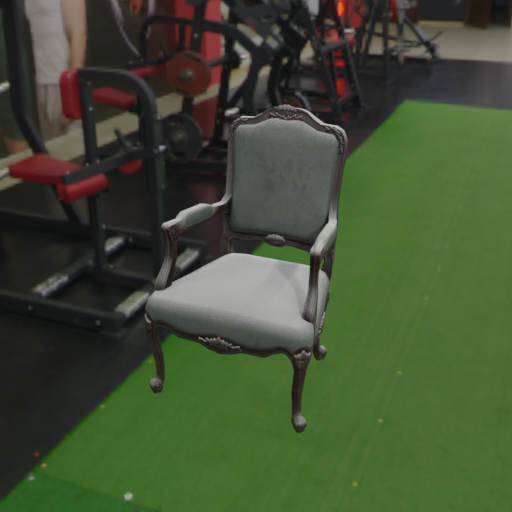How to apply dust to objects

The focus of this example is adding dust to a model with blender. For this example we are using the haven dataset.
Make sure that you have downloaded the haven dataset first, see the haven example
Usage
Execute in the BlenderProc main directory:
blenderproc run examples/advanced/dust/main.py resources/haven/models/ArmChair_01/ArmChair_01_2k.blend resources/haven examples/datasets/haven/output
examples/advanced/dust/main.py: path to the main python file to run.resources/haven/models/ArmChair_01/ArmChair_01.blend: Path to the blend file, from the haven dataset, browse the model folder, for all possible optionsresources/haven: The folder where thehdrifolder can be found, to load an world environmentexamples/datasets/haven/output: path to the output directory.
Visualization
In the output folder you will find a series of .hdf5 containers. These can be visualized with the script:
blenderproc vis hdf5 examples/datasets/haven/output/*.hdf5
Implementation
# Add dust to all materials of the loaded object
for material in obj.get_materials():
bproc.material.add_dust(material, strength=0.8, texture_scale=0.05)
Here "strength" defines the amount of dust used on the model, the range is typically from zero to one. But, values above 1.0 might also work to add a lot of dust.
The "texture_scale" is used to reduce the size of the generated noise texture, be aware this only works if the object already has a UV mapping. If not you can try obj.add_uv_mapping() for that.